Tidying up our extraplanetary mess is as important a task as cleaning up the Earth. If we don’t, it will become increasingly hard to launch rockets into space.
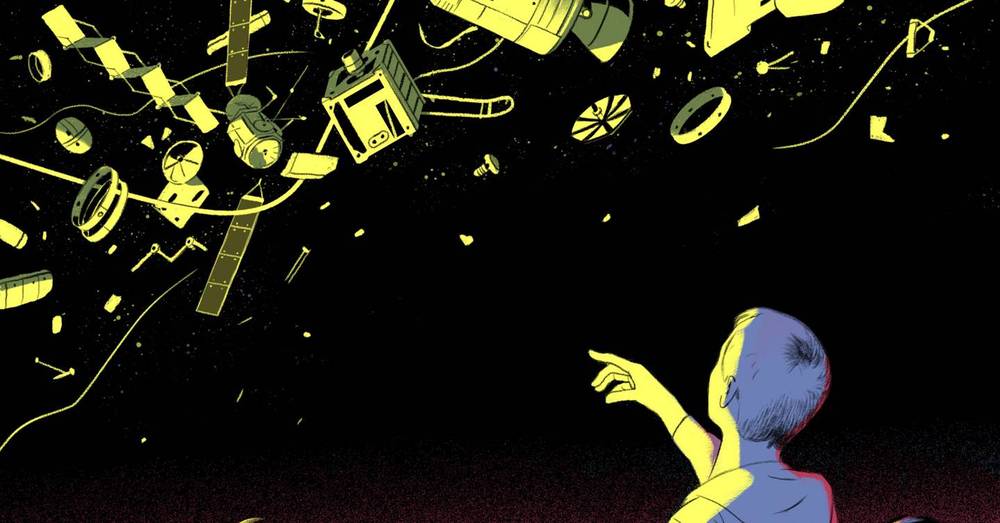

Tidying up our extraplanetary mess is as important a task as cleaning up the Earth. If we don’t, it will become increasingly hard to launch rockets into space.
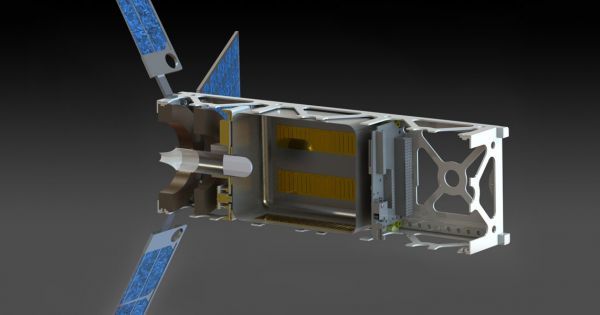
A team from Cornell is out to prove that water is all you need to send an aircraft flying in space. They will attempt to send a CubeSat, a tiny satellite no bigger than a cereal box, to orbit the moon.
Researchers have explored how memory is tied to the hippocampus, with findings that will expand scientists’ understanding of how memory works and ideally aid in detection, prevention, and treatment of memory disorders.
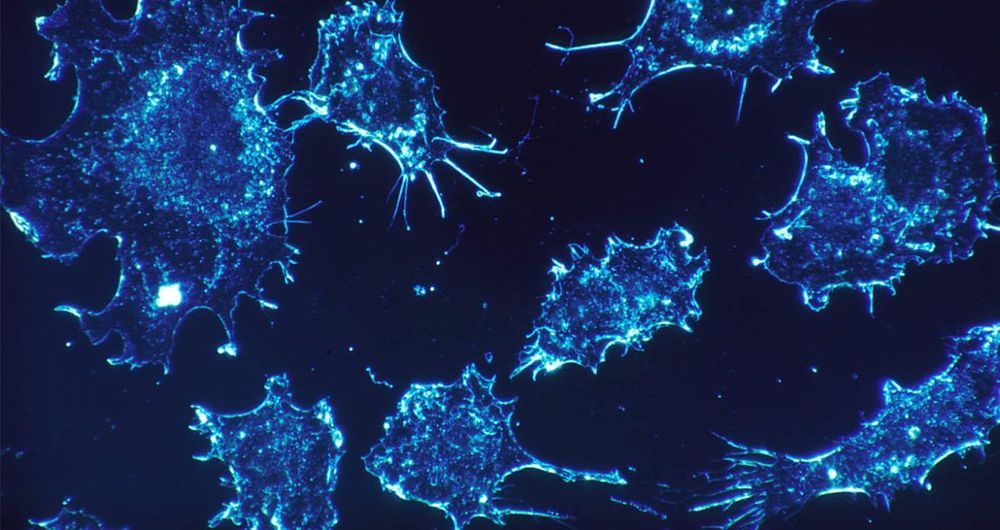
A quick and easy test devised by scientists from the University of Queensland could transform cancer diagnosis as we know it.
Cancer is a difficult disease to diagnose because different types are characterised by different signatures. Until now, scientists have been unable to find a unique signature common to all forms of cancer that would set it apart from healthy cells.
That’s what University of Queensland researchers Dr Laura Carrascosa, Dr Abu Sina and Professor Matt Trau have addressed. They have discovered a unique DNA nanostructure that seems to be common to all types of cancer and is visible when cancer cells are placed in water.
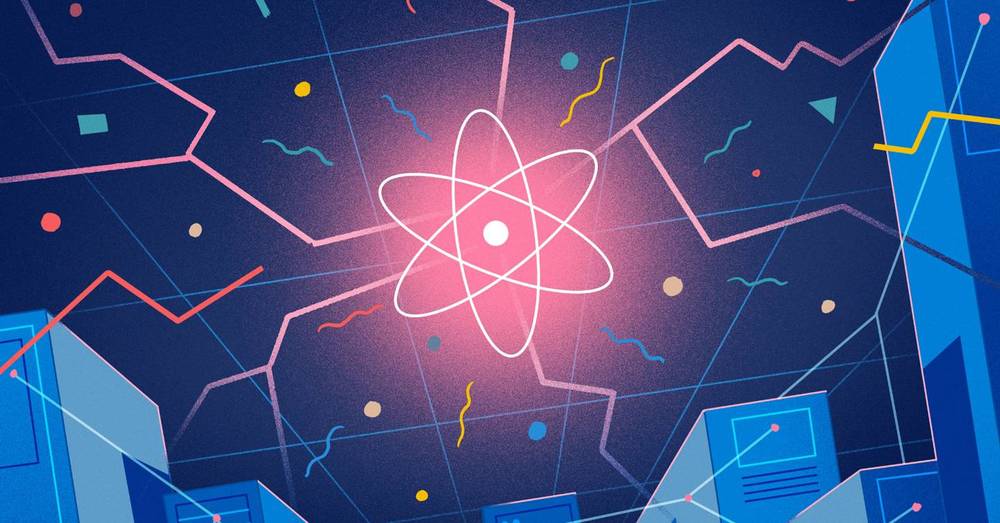
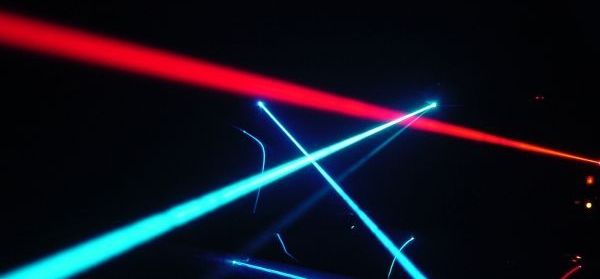
But despite all our advances, we’re not a whole lot closer to creating net-positive nuclear fusion. Put simply, that’s because these machines just take so much energy to generate plasma.
In fact, Wendelstein 7-X isn’t even intended to generate usable amounts of energy, ever. It’s just a proof of concept.
But for years, Hora and her team have been working on alternative designs. And in this study, they tested them out experimentally as well as through simulations.


A strong earthquake of 6.9 magnitude struck off the southern Philippine island of Mindanao on Saturday and small tsunami waves were possible along its coast as well as in parts of Indonesia and Palau, the Pacific Tsunami Warning Center said.
There were no reports of casualties or damage, from the earthquake, which the U.S. Geological Survey (USGS) said struck 193 km (120 miles) east of the Philippine city of General Santos, at a depth of 60 km (37 miles).
The Pacific Tsunami Warning Center initially said “hazardous tsunami waves” were possible within 300 km (186 miles) of the epicenter along the coasts of Indonesia and the Philippines.
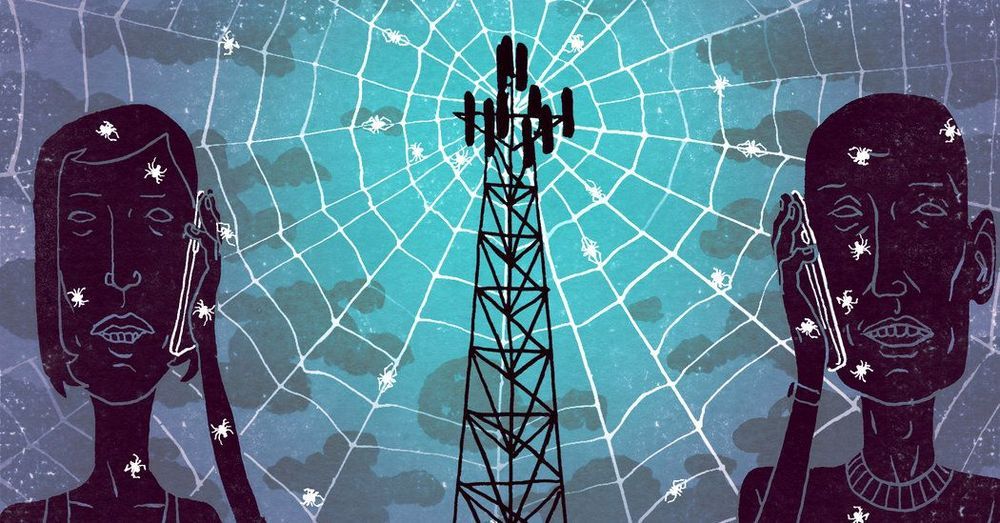
The international mobile communications system is built on top of several layers of technology, parts of which are more than 40 years old. Some of these old technologies are insecure, others have never had a proper audit and many simply haven’t received the attention needed to secure them properly. The protocols that form the underpinnings of the mobile system weren’t built with security in mind.
Security flaws threaten our privacy and bank accounts. So why aren’t we fixing them?
